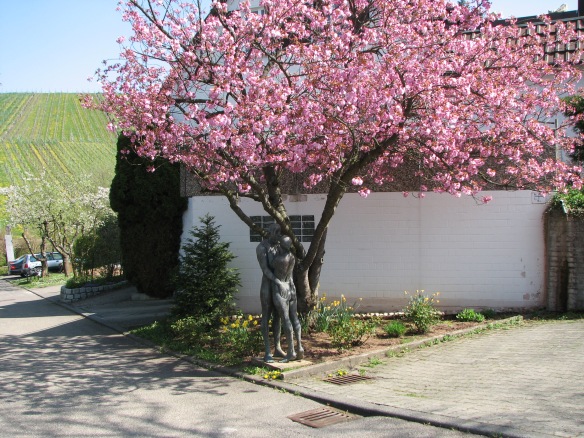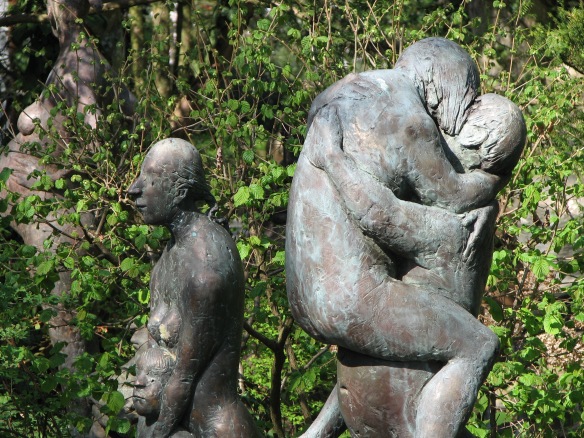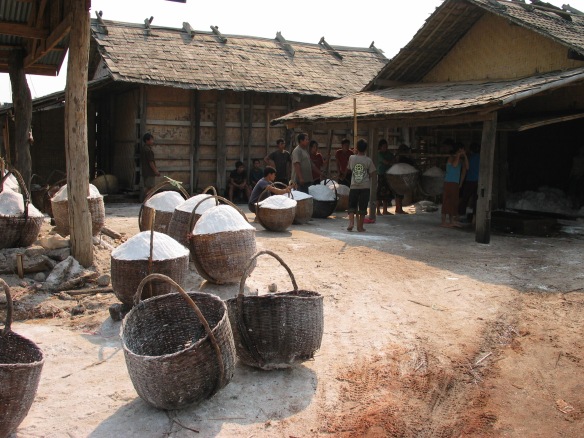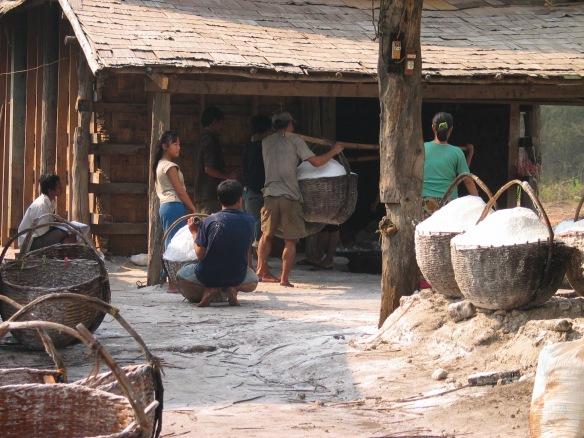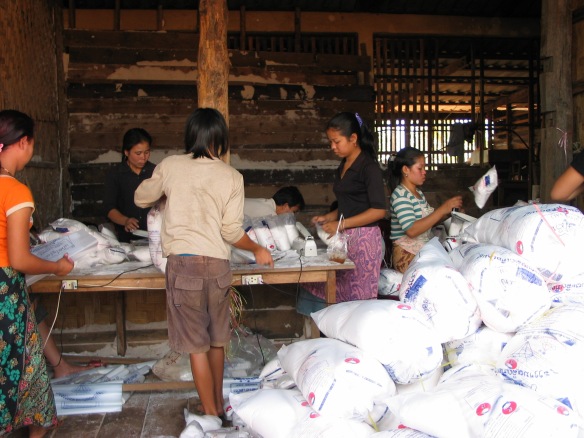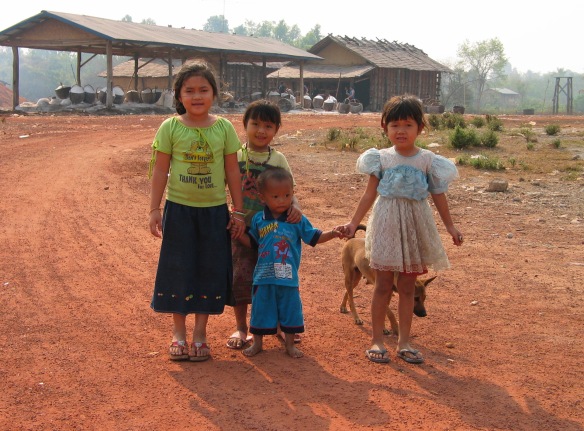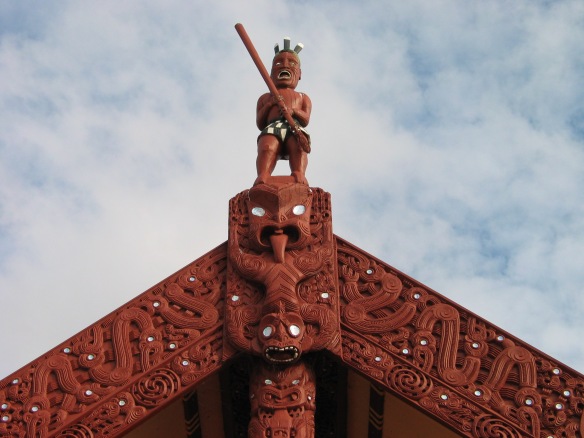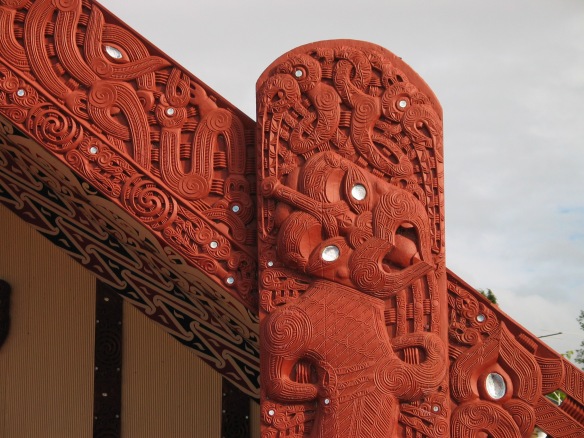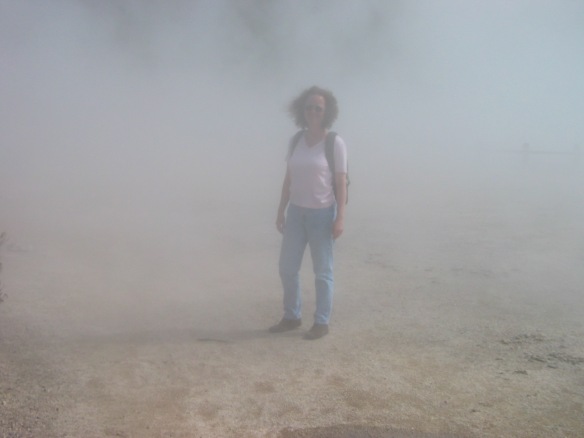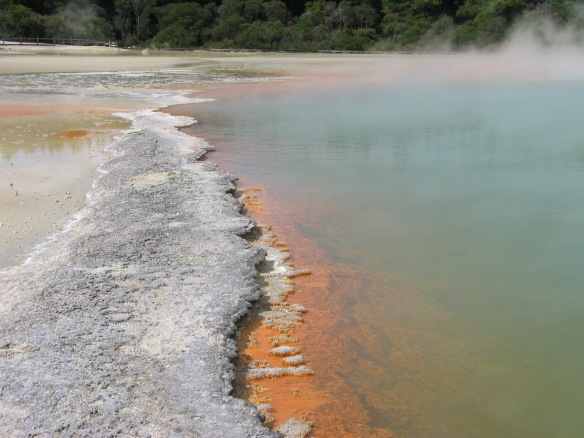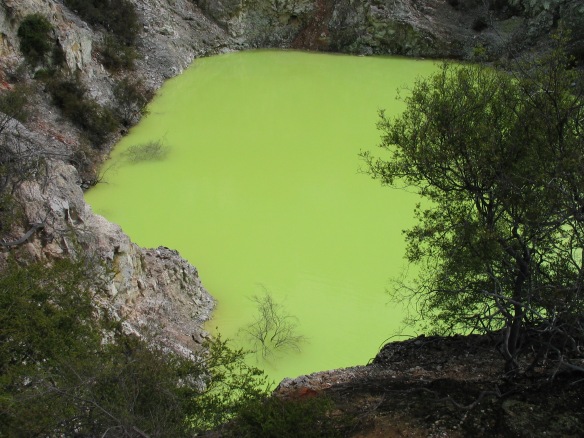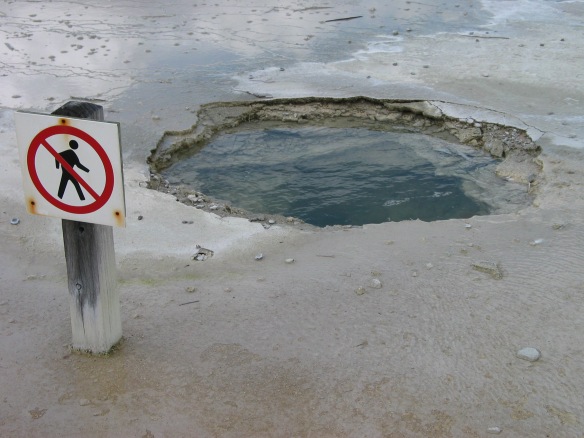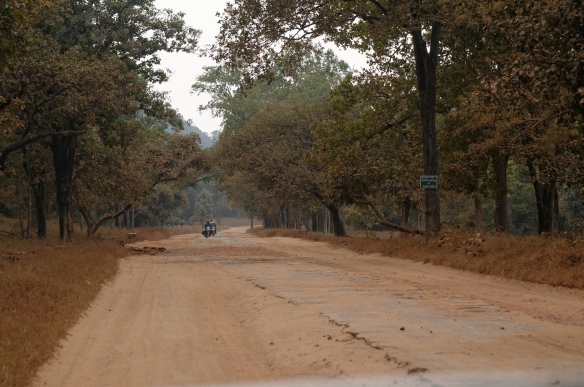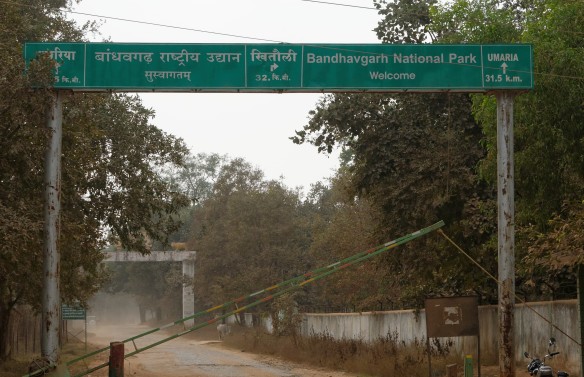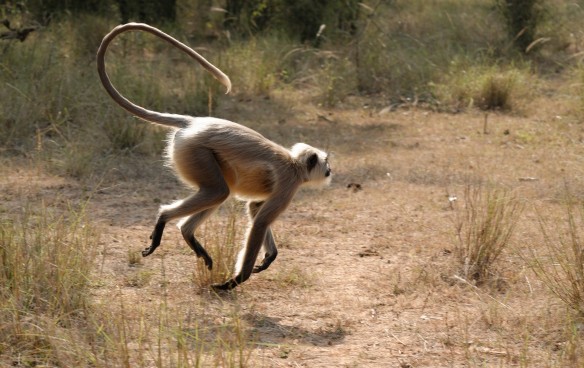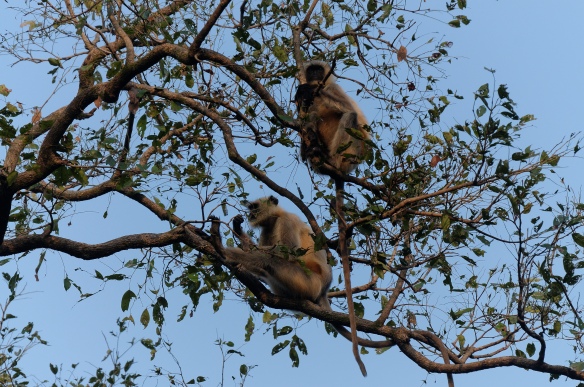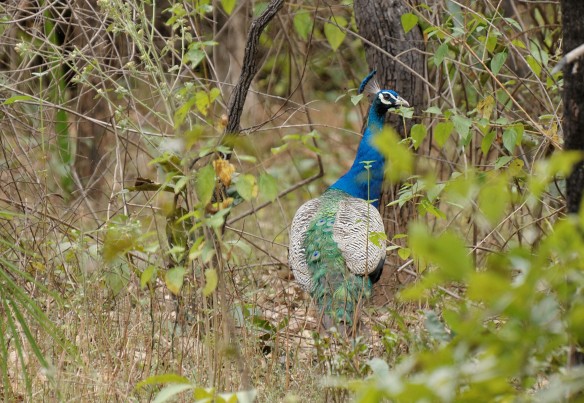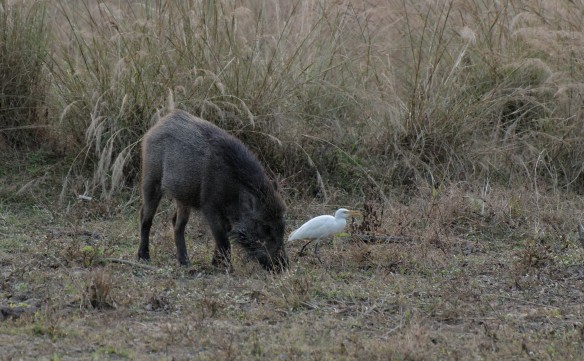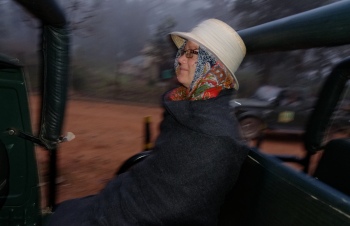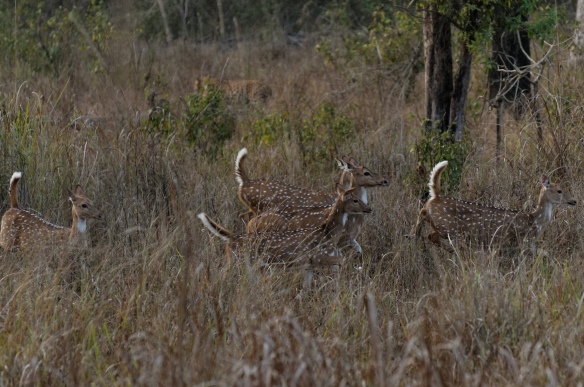“Time is the thing I am made of. Time is a river that sweeps me along, but I am the river; it is a tiger that tears me apart, but I am the tiger; it is a fire that consumes me, but I am the fire.” – Jorge Luis Borges, “New Refutation of Time”, Other Inquisitions, 1952.
Well Trained
We filled every car and our suitcases, bags and packs threatened to topple from the bins. On the Tuesday before Thanksgiving, the entire West coast was taking the train.
I tried to read. The book I held dated me: it was three-dimensional and had paper pages. In the seats around me people bent over electronic devices or talked in muted tones. A young couple slept with their arms around one another and a blanket draped across their legs and torsos. The retiree in the window seat ahead of me dozed, his head gently rocking.
The doors to the train car slid open and a good-looking man stepped through. Perhaps in his late forties, he wore a sweater over slacks and loafers, and carried a slim brief case.
I watched him tuck something into his pocket. Small change, I guessed.
His aura called out, inviting me to look closer. He had the tan of a man who went on golf safaris in the Southwest. His well-cut clothes hid the extra pounds around his waist. Perhaps he’d consulted with a wardrobe coordinator; shades of dark green in the nubby sweater suggested understated taste and male power. He passed my seat and I was at eye level to his crotch.
Ooh! I thought. This guy really is a big man.
When he reversed directions and backed up, I bent my head and pretended fascination with the cover of my book. He looked at the purse on the next seat. “I think this spot is mine.”
I moved my bag and he sat down. His smile vanished when he realized there was no room for the expensive brief case.
He stood back up and pushed at a large blue backpack on the rack across the aisle. The hiking boots laced to it swung, but otherwise nothing budged. He turned to the bin above my head as the train jolted. The man lost his balance and a hand smacked my shoulder; it would have stung if he’d been wearing a ring.
When I looked up, I was back at eye level with his crotch.
“I am so sorry,” he apologized as he fussed with the luggage over our seats. Satisfied, he moved out of my personal space. “Stupid space allowance!” He spoke to the air, but a smile was back.
I picked up my purse as he looked a question at me. “Lunch,” I said. I swayed my way through the train to the dining car.
A harried waiter led me to a table for two and asked, “Ma’am, would you mind sharing your table? I know you reserved a table for one, but we can use any free seats. These pre-holiday trains are always totally booked.”
“Of course!”
“We’d sure appreciate that.”
“It’s really no problem,” I assured him, and meant the words. I enjoy the random interaction with other train passengers. And I never cease to be amazed at how much information people willingly reveal about themselves to perfect strangers.
Dining on board a moving train as the landscape glides by is somehow magical. Who’d claim the chair across the table? Someone heading back home for the holidays or making a long trek cross-country? Or someone like me, visiting the coast?
Five minutes later there he was, sitting across rather than next to me: the man with the good clothes and big body. “Well, well. We meet again,” he said.
***
Prepare to meet a hero with dangerous fantasies. A young woman trapped in a cult. A person who dreams other people’s futures. A man drinking glühwein at a Christmas Market as he waits for disaster. And Lynn, the connecting thread, taking a train trip with a seductive stranger. I’ll be posting the first pages to each chapter.
Committing my characters to an appearance on this blog makes them real. As of tonight, they exist beyond my imagination.
Here are the opening pages to my novel Tsunami Cowboys. This fifth chapter is titled, The Hostess.
Tsunami Cowboys will publish with Amazon in December, 2014.


